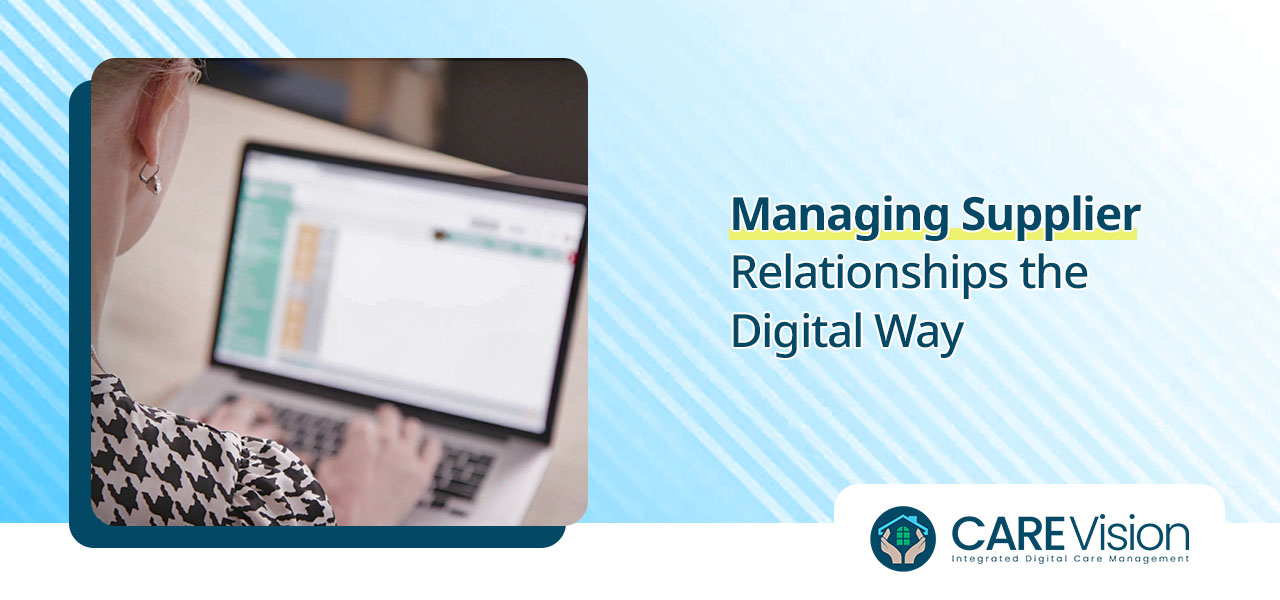The Jewish festival of Hanukkah starts this year at sunset on Sunday 18 December and continues until nightfall on Monday 26 December. It is marked every year in either November or December and lasts for eight days. Hanukkah commemorates the Jewish reclamation of their temple in Jerusalem from oppressors more than 2,000 years ago. Although they only had enough oil to keep the lamps inside lit for a day, God performed a miracle so that they burned brightly for eight days.
This is why Hanukkah is traditionally associated with lights, which makes it a welcome celebration amidst the shorter daylight hours of winter. If you have Jewish residents in your care home who would like to mark Hanukkah, or you are keen to explore this illuminating festival, read on for some ideas about how to incorporate some of the elements of a traditional Hanukkah celebration into your care home’s activities this month.
Candlelight
One of the main focal points of Hanukkah is the menorah – a nine-branched candelabra that is lit each evening of the festival. This is an easy way to bring the joy of Hanukkah into your care home – you can get an electric menorah if you prefer a safer version instead of having lit flames around the place. Light the first candle shortly after sunset on the first day of Hanukkah and keep it lit for at least 30 minutes. Light another candle with it each night, starting with the newest one each time until all nine candles are lit on the final evening. You can also recite a blessing as the menorah is lit or sing a traditional Jewish song.
Dreidel fun
Jewish children often play with a dreidel – a wooden spinning top that was used to hide words from the Torah during times when its study was forbidden. Each of the four sides of the dreidel has a Hebrew letter and games can be played with it to see who wins the next gelt (foil-wrapped chocolate discs). Or you can use any other small tokens as prizes, such as coins, sweets or raisins. Players take it in turns to spin the dreidel and whichever way it lands dictates whether they are allowed to take one or more token as theirs, or forfeit some to another player. The dreidel is easy to spin and can also be used by people with limited mobility and dementia.
Hanukkah food
As with most festivals of this kind, a large part of the celebrations revolves around food. At Hanukkah, many traditional foods are eaten, including sufganiyot (filled doughnuts), latkes (fried potato pancakes) and kugel (a noodle casserole dish that can be sweet or savoury). Ask your catering team to plan a few Jewish meals to incorporate these dishes and more to expand the theme over the eight-day celebration. This would also help break up the Christmas meal planning and give people more of a variety at lunch and dinner times over the busy festive season.
Sharing – and making – memories
If you have Jewish residents who would like to share their memories of Hanukkah celebrations from their younger years, there are plenty of ways this can be arranged. Encourage people to talk about their experiences over tea and sufganiyots. Share photographs or home videos from Hanukkah and sing traditional songs together. Help your residents to exchange Hanukkah gifts – these could be as simple as some chocolate coins (gelt) or hand-decorated cards. You could also invite your local rabbi to come and join in the reminiscing and lead the group in some Hanukkah blessings.
Give thanks
Giving thanks for everything that we have in your lives is something of a common theme at this time of year. The American celebration of Thanksgiving has just taken place in November, and gratitude is also one of the central messages of Christmas. Hanukkah, too, is a time when Jewish people are encouraged to give thanks for the blessing that they encounter and enjoy in their lives. Invite residents of all faiths (and none) to come together to give thanks as well. Ideas include making greetings cards for loved ones, writing messages giving thanks on paper leaves and attaching them to branches to create a gratitude tree.






